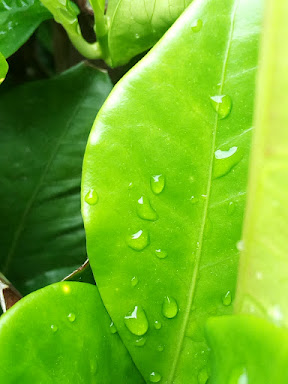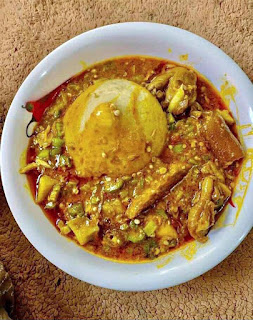How to prepare dzowoe
Dzowoe is mainly made from corn flour and groundnut paste. It is mostly made in a round form but new innovations make it possible to package it in disposable containers that are cylindrical among other shapes. It is one indigenous food product found in Ghana most especially in villages as well as in urban areas where people happen to love it.
Dzowoe is such that once eaten, it can satisfy becomes as you consume, more water is drunk and the stomach is filled. Follow closely as you discover how this special Ghanaian food product is made so you can also try it in the comfort of your home.
Ingredients
- Corn flour
- Powdered pepper
- Salt
- Sugar
- Powdered nutmeg
- Groundnut paste
The above ingredients are standard but even with as minimal ingredients as corn flour, sugar, groundnut paste and salt, you are still able to make it. The additional ingredients add some sweet essence to it that makes it so enjoyable.
Dzowoe has a characteristic brown colour which is due to the colour of the main ingredients like the groundnut paste and the corn flour(roasted until brown). Corn flour, however, has a white colour so before the start of everything, corn flour is roasted in a hot empty pot or saucepan until it turns deep brown, Care is taken when roasting so it does not over-roast to turn black or get burnt.
Corn flour is poured in a bowl, if hot, it is allowed to cool before use. A small amount of powdered pepper is added, in addition to sugar, salt, nutmeg and then finally groundnut paste. Groundnut paste serves as the binder so there must be enough quantity at hand.
Roasted corn flour, sugar and groundnut paste, Powdered salt, nutmeg and pepper are added in addition before the mixture is thoroughly mixed together
The mixture is mixed thoroughly until it becomes very uniform. During the mixing, when it is felt that the uniformity is good, it is then formed into round balls. This can be realized when the mixture appears to have enough moisture which is entirely dependent on the amount of groundnut paste used. Enough groundnut paste must be available so that if more is needed to make the mixture malleable, it is quickly added.
All ingredients are mixed together and ready for formation into dzowoe balls. The balls are formed to a size desirable but if it is for sale, a strategy for measurement has to be employed to ensure portion control or maintain uniform sizes
Dzowoe is ready after it is formed into these balls and can be eaten. As it is enjoyed, water has to be placed aside because as one consumes, the more one feels to drink more water.
Gari and dzowoe can be eaten together in that, the dzowoe is mashed into tiny particles and mixed very well with gari. The indigenes love it because they are very familiar with the taste.
How to prepare Gari
Ingredients
Cassava
Procedure
A fresh cassava would have to be peeled, cut into smaller pieces and grated into a dough before use. For commercial gari producers, the grinding is done at the mill. After peeling the cassava, grate it with a grater since the quantity is small into cassava dough. The cassava dough obtained after grating the cassava has too much moisture inside at this point and would have to be squeezed out.
Get a clean white cloth, pour in the cassava dough in bits and then squeeze to press the water out. The squeezing is done hard and pressed very hard to obtain a very dry dough. This dough is poured into a sieve and pressed through the sieve to make the dough into tiny round pieces. Even without any sieve to round the squeezed dough, only the hands can be used to break it into smaller pieces to get it ready for roasting.
Take an empty frying pan and put it over a low heat. Allow the pan to heat a little and then pour in the prepared cassava dough. Stir continuously with a spatula until it becomes dry. As it becomes dry, it doesn't stick any longer. So, in other words, the prepared dough is roasted in an empty pan over low heat until it hardens, once it is noticed that it has hardened enough, it is poured off and the process continues until every dough is exhausted. When left to stay on fire too much, it begins to turn brown but this must be avoided. Its characteristic colour is white and this must be maintained because that is what it is widely known to look like.















Comments
Post a Comment
Share your views on this insightful content